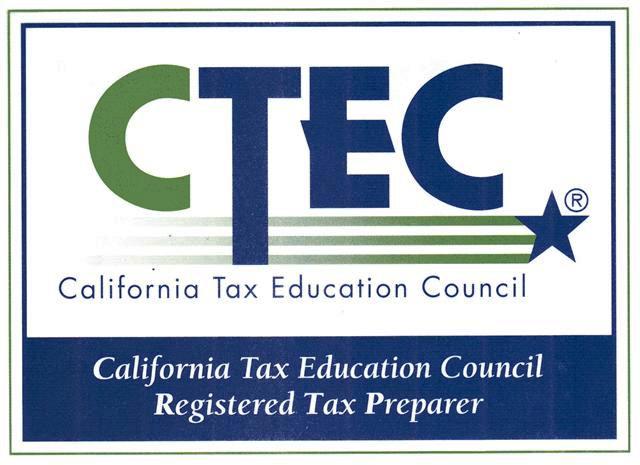
As recovery efforts spread across parts of the south in the wake of the December 10 tornadoes, the Internal Revenue Service is expanding its effort to give affected taxpayers in the region a helping hand.
The IRS has expanded its previously issued relief package to now encompass affected taxpayers not only in Kentucky, but also in Tennessee and Illinois.
This means taxpayers within the federal disaster area as declared by the Federal Emergency Management Agency (FEMA)—whether they were hit by tornadoes, severe thunderstorms or floods—can receive the same tax breaks and revised deadlines as Kentucky storm victims.
Those who live or own a business in specified counties in Illinois and Tennessee are due the same relief measures as affected taxpayers in Kentucky.
Illinois:
- Bond
- Cass
- Coles
- Effingham
- Fayette
- Jersey
- Macoupin
- Madison
- Montgomery
- Morgan
- Moultrie
- Pike
- Shelby
Tennessee:
- Cheatham
- Decatur
- Dickson
- Dyer
- Gibson
- Lake
- Obion
- Stewart
- Weakley
The IRS says it will provide the same measure of relief to any taxpayer once their county is added to the federal disaster declaration.
To access a complete up-to-date list of eligible counties and other locations, see the IRS disaster relief webpage on the IRS site.
What are the terms of the relief?
The IRS relief package basically gives qualified taxpayers within the now-expanded federal disaster area until May 16, 2022, to file and pay a whole array of federal taxes. The relief applies to individuals and businesses alike.
Some of the taxes that now have a May 16 deadline for taxpayers within the disaster area include:
- 2021 individual income tax returns that would otherwise be due April 18;
- 2021 business returns that are normally due in March and April;
- Quarterly estimated income tax payments that would ordinarily be due January 18 and April 18 (individuals can skip their January fourth-quarter estimated tax payment and simply include it with their 2021 return when they file);
- Quarterly payroll and excise tax returns otherwise due on January 31 and May 16.
For a complete list of returns, payments and other tax-related actions that qualify for additional time to file or pay, see the IRS disaster relief webpage.
No action is required to receive the tax relief
The terms of the IRS relief package are automatic; that is, they are in force for any qualified taxpayers who live or work within the bounds of the federal disaster area. As counties are added to the disaster area, so are they added to the IRS relief package.
No need for taxpayers to call the IRS and ask if they qualify for relief; IRS systems are programmed to check the taxpayer’s address on record and automatically apply the terms of relief if the address is within the disaster area.
Taxpayers who are within the disaster area, however, and get a notice of late filing or late payment with a due date that falls within the December 10—May 16 time frame, should call the number printed on the notice to have the penalty abated.
Individual taxpayers and businesses who suffered uninsured or unreimbursed losses in the disaster can choose to claim their losses one of two ways: taxpayers can either claim these losses in the year they occurred (the 2021 return filed next year) or on the return for the prior year—in this case, 2020.
No matter which way the losses are claimed, Illinois taxpayers should write the FEMA declaration number 3577EM on their return making a claim. Tennessee taxpayers should use declaration number 3576EM.
Publication 547, Casualties, Disasters and Thefts, has additional information on how to claim a loss from natural disasters.
For more information on disaster recovery and the federal government’s coordinated response to the storms, visit DisasterAssistance.gov.
Source: IR-2021-252




